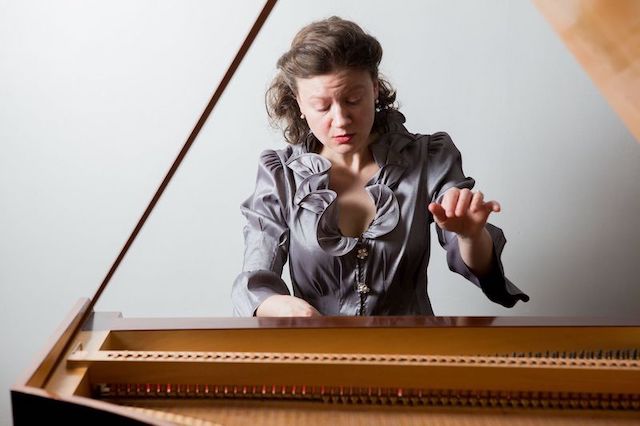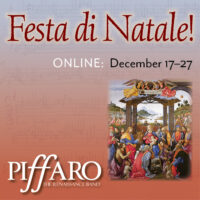
Harmonious Rivals
The Harpsichord & Fortepiano in an Age of Innovation
Followed by a Buffet of French & German Pastries & Coffee
The Program:
C.P.E. Bach, Concerto for Harpsichord & Fortepiano in F Major Wq 46
Jean-François Tapray, Symphonie Concertante in D Major for Harpsichord & Fortepiano
Sebastián de Albero, Andante & Allegro for Harpsichord
Anne Louise Brillon de Jouy, Andante in C minor for Harpsichord & Fortepiano
Franz Joseph Haydn, Adagio & Presto from Sonata in C major, Hob. XVI: 21
The Artists:
Sylvia Berry, Fortepiano
Rebecca Pechefsky, Harpsichord
The Ars Antiqua Baroque Orchestra:
Francis Liu & Theresa Salomon, Baroque Violin
Annie Garlid, Baroque Viola
Mark Kramer, Baroque ‘Cello
About the Program:
Demand for the harpsichord and its music continued throughout much of the late 18th
century, even during critical moments in the development of the fortepiano. Although the
emerging fortepiano offered enticing modes of expression and timbre, there was not a
sudden turn of favor for one instrument over the other. In fact, as the century progressed,
keyboard music up through the time of Mozart, frequently deferred the choice of
instrument to the player. In Potsdam, at Frederick the Great’s jewel-like Sans Souci palace,
it was a fortepiano which beckoned the attention of J.S. Bach during a visit with his son Carl
Philipp Emanuel. Double keyboard concertos by French composer Jean-François Tapray
were written intentionally to juxtapose the intrinsic qualities of the fortepiano and
harpsichord. At the crossroads of rivalry and musical compatibility, the duo concertos of
Tapray & Bach are a delightful joust between ancient and modern. The result is a friendly
competition in virtuosity which equally celebrates the soundscape of both instruments and
embraces the endless variety of color and contrast brought by quills and hammers.

